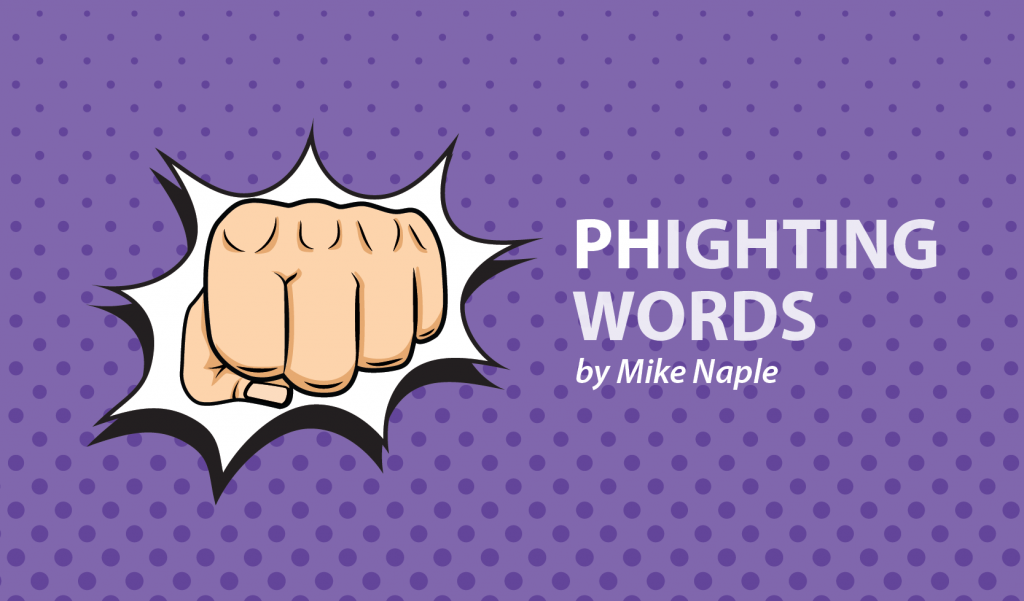PH’s Not-So-Invisible Cloak

It was like any other morning commute. Stand on the platform with crowds of people, all waiting for the delayed metro train, a more-than-common occurrence in Washington, D.C. When the train arrived around 8, its doors opened and I stepped aboard. Not more than 15 seconds later, a woman sitting in the priority seating for people with disabilities asked me if I wanted her seat. I kindly declined, and that’s when the internal monologue started rolling.
How did she know? What gave me away? Was there something in the complexion of my face? Whatever the reason, I was convinced that she could tell I had pulmonary hypertension (PH), even though there was no physical evidence (in my mind) to give me away.
PH is often considered an invisible disease in the sense that many people with an invisible illness appear to look perfectly healthy … on the outside. I don’t want to overgeneralize for all PHighters out there because I know everyone has their own story, but I do speak from my own experience since my diagnosis in 2016.
Walking around in public, I might not always emit physical indicators of sickness, and once or twice people have wondered — post-hospitalization and pulmonary rehabilitation — whether I still had PH or when I would be cured. Unfortunately, chronic illnesses are not so cut-and-dry, and there can be good days and days when managing my PH is more difficult. You might not see any indicators on the outside, yet, good or bad, they are very real to me.
PH’s visibility greets me every morning when I wake up and swallow a handful of prescription pills. The invisibility cloak comes right off even before I even leave the house. That is quickly followed by the various ways in which my body reacts to those pills. (Spoiler alert: It means multiple trips to the bathroom!) Again, this is all very visible to me. Throughout the day, I take additional pills, travel with my oxygen concentrator, and I often track my oxygen saturation to ensure it remains at a safe level.
I can see how some people might consider me healthy just by looking at me, but that outlook is strikingly limited. Popular culture often reflects disease, disability, and illness through a lens of physicality, meaning that people need to be able to connect your disease or illness to some physical manifestation in order for them to process it. You have to see it to believe it, let alone take it seriously. Preconceived notions of what it means to be sick or living with a disability can create stigma for people with PH, making it harder for them to relate to others or to live comfortably as somebody managing PH in the real world.
I often walk a fine line between visible and invisible depending on how often I need oxygen. You see, exertion can be my kryptonite, requiring me to bust out the oxygen concentrator. Stick that cannula up my nose and BOOM! We have a chronic illness visible to the public at large. Deciding when to use and not use my oxygen is a constant struggle, especially when I’m dancing with that dastardly duo of stubbornness and pride.
I remember early after my diagnosis, I was standing at a bus stop with a few bags of groceries. I was using oxygen in public for one of the first times. When the bus arrived, I waited to let this elderly woman board first. She’s not budging and motions for me to board first. It took me a while to realize that she saw my oxygen tube, and in her mind, that meant disease before age.
That interaction stands out for me as a moment when the lines between invisible and visible blurred, and reminded me that whether in public or in my own home, PH is always with me, even if I don’t actively bring it to the forefront.
Oct. 15-21 is National Invisible Disabilities Week, a time to raise awareness about the many illness people live with on a daily basis that might not always have physical indicators. In my experience, one of the best ways to reduce stigmas is through open conversation. Talking to people about illnesses can sometimes be hard to do. This is why it’s important to make space for people to tell their own truths.
The more people talk about invisible illnesses, the more they become known among larger communities. Greater awareness can lead to fewer misconceptions and, ultimately, less stigma. In most circumstances, I don’t mind talking about PH. It’s helpful when people ask me how I’m feeling because it serves as a reminder to check in with myself. I also think it’s important for me (and others when comfortable) to make space for people to ask questions.
This National Invisible Illness Week, I would like to thank the woman on the metro, and the woman at the bus stop, for seeing me because I probably could’ve used that seat.
***
Note: Pulmonary Hypertension News is strictly a news and information website about the disease. It does not provide medical advice, diagnosis, or treatment. This content is not intended to be a substitute for professional medical advice, diagnosis, or treatment. Always seek the advice of your physician or other qualified health provider with any questions you may have regarding a medical condition. Never disregard professional medical advice or delay in seeking it because of something you have read on this website. The opinions expressed in this column are not those of Pulmonary Hypertension News or its parent company, Bionews Services, and are intended to spark discussion about issues pertaining to pulmonary hypertension.









Dave
Mike: Your article was so on the money. I was diagnosed with PH in February 2017 I now have PAH . But friends and even family don’t understand what I have and it’s hard to explain. I try and when I get though they well you look good. Thanks Dave
Shar9
You’re article is spot on. I feel like no one sees what is happening. I feel judged for CONSIDERING filing for disability. My job as a teacher requires me to have energy, maneuver stairs multiple times per day and I feel like people feel I am taking the “easy way out” by filing for disability. I guess when I am dead people will get it. I have had PAH since 2011 and have worked throughout. I have no more gas in the engine but people still say “but you look fine.” It’s usually followed by a story of s9meome they know who is “really” disabled. It makes me frustrated and depressed.